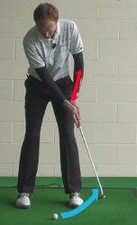

In this book, you will find the best putting tips to help improve your golf game. No matter how far you hit your driver, how accurately you play iron shots, or how deftly you chip and pitch, golf is all about getting the ball in the hole. That means the shortest club in the bag – the putter, standard length 35” – plays an oversized role in determining your success.
Statistics bear this out. Most golfers, including pros, use the putter for about 40% of all shots in a typical round. No other club comes close. If your average score is 90, you’ll take about 36 putts per 18 holes. For pros, the figures are closer to 70 and 28. Is the stat misleading? A little, since it counts tap-ins that require practically no skill to make. But the fact remains – if you want to shave strokes from your score, the green is the first place to go.
This book on the Putting Process was written by experts and, covers every aspect of this delicate art-slash-science. Fundamental putting tips are treated with exacting detail: developing a proper grip; aligning your body, eyes, and clubface; accelerating the putter through impact. We offer putting tips lessons on finer points, like reading the green’s break and putting on bumpy surfaces, and discuss alternatives to conventional putting methods (e.g., using a “no-peek” stroke or cross-handed grip).
Having the right equipment is critical, too, and you’ll find advice on everything from standard and long putters to heavy clubheads to extra-thick grips. Of course, we also tackle the most common putting ailments, like deceleration, excessive wrist action, and the dreaded “yips.” Finally, you’ll find numerous drills designed to improve your stroke path, tempo, and more. Until you’re holing every putt inside 10 feet, lagging every long one close and going months without a three-putt, there are always strokes to be gained on the greens.
Chapter 1: Take The Wrists Out

“There is no room for hand or wrist action when putting – the putter should be controlled entirely by a rocking motion in your shoulders.”
Chapter 2: Arc Putting Stroke
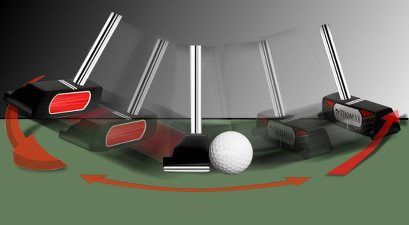
“One key to mastering the arc stroke is to release the putter through impact.”
Chapter 3: Basics When Putting

“The path to lower scores runs through your putter.”
Chapter 4: Ball Against Collar
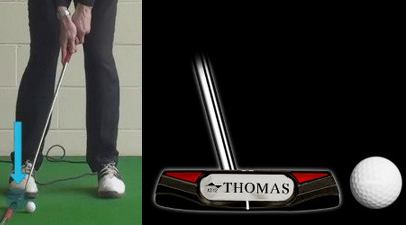
“Turning the putter on its toe raises the heel end so that it travels upward, above the level of the collar, on the backstroke.”
Chapter 5: Fat Or Thinner Grips?

“In putting, some grip thicknesses are directly designed to help match some putting strokes and others to help out with a particular putting fault.”
Chapter 6: Blade vs Mallet Putters

“How a putter looks and feels is every bit as important as its technology.”
Chapter 7: Long Putts
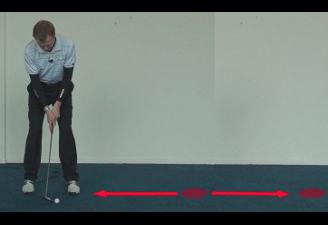
“When you face a long putt – something in excess of forty or fifty feet – you immediately think about getting off the green in just two putts.”
Chapter 8: The Claw Grip
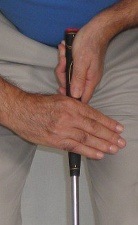
“Changing grip technique is another popular slump-buster.”
Chapter 9: Leaving Putts Short
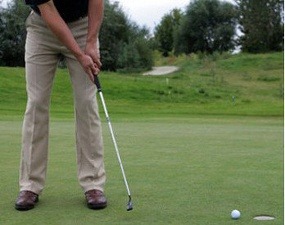
“Speed control is the most important element of good putting.”
Chapter 10: Pulling Your Putts
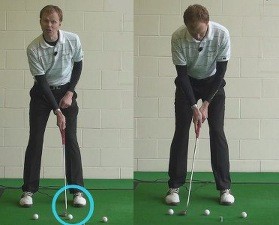
“One of the best ways to improve your putting is to look for patterns.”
Chapter 11: Cross Handed Putting Grip
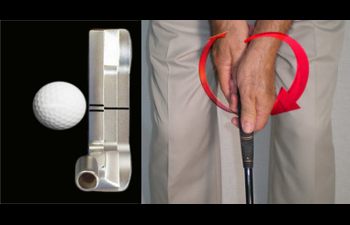
“Learning to putt Cross-Handed is a pretty dramatic change from putting with a traditional grip, but you won’t be starting from scratch.”
Chapter 12: The “Yips”
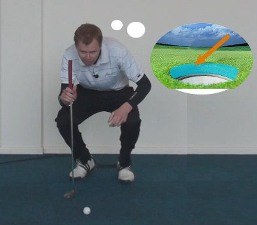
“Whenever a person is unable to start or complete a movement he has practiced many times before, it could be described as a yip.”
Chapter 13: Decelerating Stroke
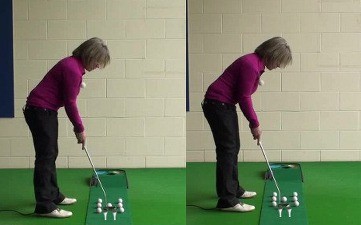
“A decelerating putter is the cause of most pulls.”
Chapter 14: Different Grip Styles
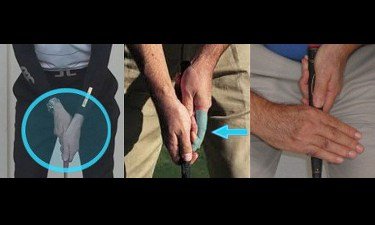
“The clubface angle at impact has about 85% influence on the starting direction of the golf ball.”
Chapter 15: Fast Greens
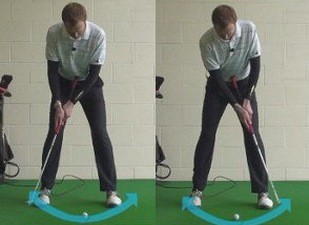
“More hand action while you are putting will almost always mean poor results.”
Chapter 16: Firm Left Wrist

“Once you've got the proper grip, you want to ensure that the left wrist does not break down and let the right hand take over during the stroke.”
Chapter 17: Three-Putt Problems
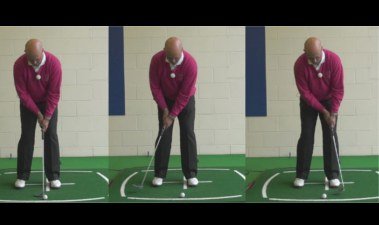
“Reasons for frequent three-putts vary, but often come down to poor speed.”
Chapter 18: Flat Palms
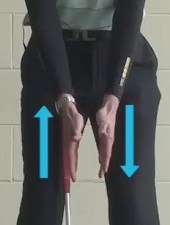
“A good way to get the feel for a palms-facing grip is with a standard ruler.”
Chapter 19: Putting On Windy Days

“The wind can also affect the speed of your putts, either slowing the ball down when putting into the wind or speeding it up when putting downwind.”
Chapter 20: Pushing Putts
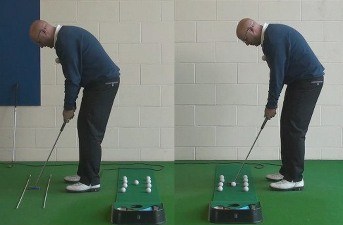
“While most golfers who struggle with pushing putts have a mechanical flaw in their technique, pushed putts can be a mental problem as well.”

